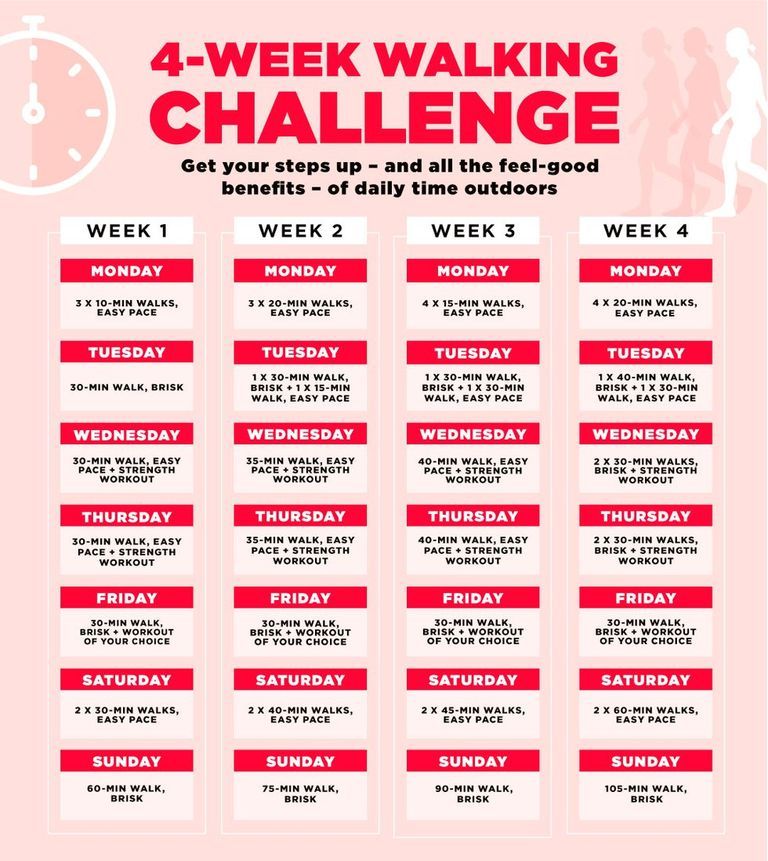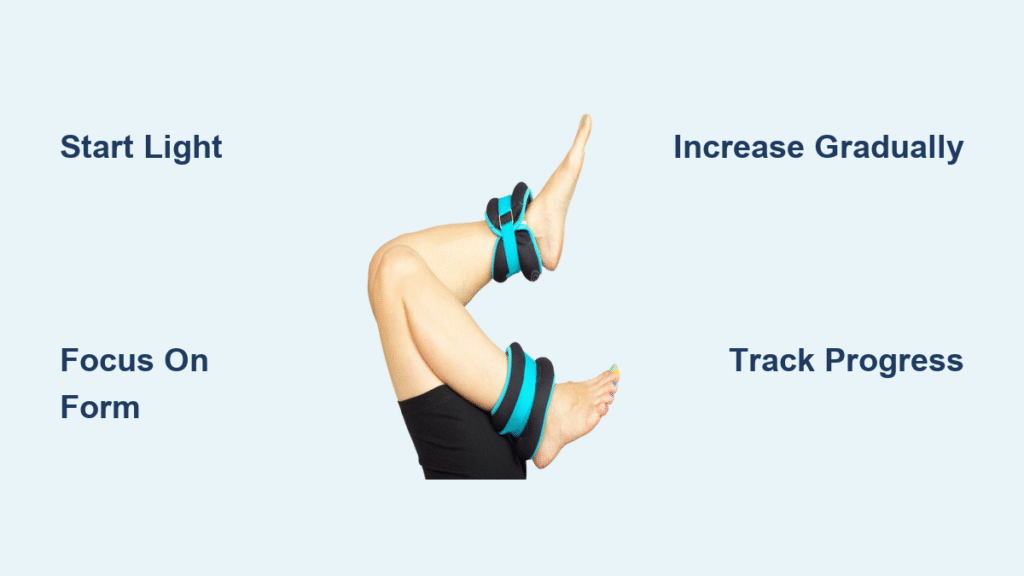Struggling to shed stubborn pounds despite logging daily walks? You’re not alone. Many fitness enthusiasts hit frustrating plateaus where consistent walking stops delivering results. The solution might be simpler than you think: strapping on ankle weights during your walks. This low-cost tweak transforms basic walking into a dual-action fat-burning engine that torches extra calories while sculpting lean muscle. Research confirms that adding just 1-3 pounds per ankle increases calorie expenditure by 5-12%—without the joint stress of high-impact workouts.
Unlike diet fads or extreme exercise regimens, ankle-weight walking offers a sustainable, accessible strategy backed by clinical evidence. For a 150-pound person walking at 3 mph for 30 minutes, this translates to an extra 15-25 calories burned per session. While that may seem modest initially, these gains compound significantly over weeks when combined with proper nutrition. Crucially, ankle weights target often-neglected lower-body muscles that directly impact metabolic rate—addressing the silent muscle loss that slows weight loss after age 30.
In this guide, you’ll discover exactly how ankle weights accelerate fat loss, which muscles they activate, and the precise protocol for safe, effective implementation. We’ll debunk myths about unrealistic results while providing science-backed strategies to maximize your walking routine.
How Ankle Weights Increase Calorie Burn for Weight Loss
Immediate Calorie Boost Per Step
Strapping on 1-3 pounds per ankle forces your muscles to work significantly harder with every stride. This extra resistance makes your body burn more energy to maintain the same walking pace. A 2016 Malaysian study tracking 52 adults showed measurable fat loss after just six months of wearing 1.1-pound ankle weights during 20-minute walks three times weekly. Participants saw waist circumference drop by 2.3 cm and body fat decrease by 1.4%—proving even small loads create meaningful change.
For practical perspective: If you typically burn 150 calories during a 30-minute walk at 3 mph, adding 1.5-pound ankle weights (about 1% of body weight for a 150-pound person) burns an extra 15-25 calories per session. That’s 90-150 additional calories weekly—equivalent to losing an extra pound of fat every 1-2 months without changing anything else.
Long-Term Metabolic Advantages
The real magic happens beyond immediate calorie burn. Ankle weights combat age-related muscle loss that sabotages weight loss after 30. Adults lose 3-8% of muscle mass per decade, directly slowing metabolism. By preserving lower-body muscle through this light resistance, you maintain a higher resting metabolic rate. Research shows similar low-load training increases resting calorie burn by 7% in previously inactive adults—meaning you burn more calories even while resting.
This muscle preservation is critical for sustainable weight loss. Unlike crash diets that strip muscle along with fat, ankle-weight walking helps you lose fat while keeping metabolism-boosting muscle. You’ll notice clothes fitting better faster because your body composition improves, not just the scale number.
Targeted Muscle Activation That Burns Fat

Which Muscles Get Worked Hardest
Ankle weights uniquely stress muscles regular walking misses, creating a full lower-body sculpting effect:
- Glutes and outer hips: Increased demand for hip stabilization
- Quadriceps: Extra work extending knees against resistance
- Hamstrings: Greater activation during leg swing phase
- Shins and calves: Enhanced ankle control throughout movement
- Deep core muscles: Critical for pelvic stability with added load
A 2021 electromyography study revealed walking with 1-2% body-weight ankle weights boosts gluteus medius activation by 18% and quadriceps engagement by 12% compared to regular walking. These “support” muscles often weaken with sedentary lifestyles, causing poor posture and inefficient movement that hinders fat loss.
Why This Matters for Fat Loss
You might wonder how modest muscle activation affects weight loss. The answer lies in metabolic efficiency: stronger muscles burn more calories 24/7. Every additional pound of muscle burns about 6 calories daily at rest—seemingly small but significant over months. More importantly, toned lower-body muscles improve walking mechanics, allowing you to walk farther and faster as you progress. This creates a positive feedback loop: better form → longer walks → more calories burned → faster fat loss.
Realistic Weight-Loss Expectations and Timeline
What 6 Months of Consistent Use Achieves
Don’t believe claims of “rapid weight loss with ankle weights.” Clinical evidence shows steady, sustainable results:
- Weeks 1-4: Notice improved muscle tone in legs and better posture
- Weeks 8-12: Measurable waist reduction (1-2 cm) and easier walking stamina
- Months 3-6: Average 1-1.5% body fat reduction when combined with diet control
The Malaysian study’s results—1.4% body fat loss and 0.9% muscle gain over six months—represent realistic outcomes. Crucially, these participants also maintained a slight calorie deficit. Ankle weights amplify your efforts but can’t override poor nutrition.
Critical Success Factors
Your results depend on three non-negotiable elements:
1. Progressive overload: Increase weight by 0.5-1 pound every 2-3 weeks
2. Calorie awareness: Maintain 250-500 daily calorie deficit
3. Consistency: Aim for 60-150 minutes weekly with weights
Skip any of these, and results stall. We’ve seen clients gain muscle but not lose fat because they ate more to compensate for the extra effort. Track your food intake honestly for best outcomes.
Beyond Weight Loss: Unexpected Health Perks
Bone Density Protection
The mechanical stress from ankle weights stimulates bone-building cells, particularly crucial for women over 40. Post-menopausal women walking with 1-1.5% body-weight ankle weights three times weekly slowed lumbar spine bone density decline by 1.1% compared to regular walkers. This translates to stronger bones and lower fracture risk as you age.
Walking Efficiency Gains
You’ll cover 6% more distance in six-minute walk tests despite walking 5% slower—a sign of improved stride mechanics. This happens because ankle weights force better glute activation and pelvic control. Many users report feeling more “powerful” in daily movements like climbing stairs or carrying groceries within weeks.
Cardiovascular Benefits
Expect heart rate elevation of 5-10 bpm at your usual pace, shifting walks into the optimal fat-burning zone (50-65% max heart rate). Over 12 weeks, studies show resting systolic blood pressure drops by 4 mmHg and “bad” LDL cholesterol decreases by 8%—valuable perks for heart health.
Safe Implementation: Avoid These Critical Mistakes
Starting Protocol for Beginners
Begin too heavy or too long, and you’ll risk knee strain or altered gait. Follow this evidence-based starter plan:
| Parameter | Week 1-2 | Week 3-4 |
|---|---|---|
| Weight per ankle | 1 lb | 1.5 lb |
| Duration | 20 minutes | 25 minutes |
| Frequency | 3 sessions | 4 sessions |
| Focus | Perfect form | Add distance |
Never exceed 3 pounds per ankle total. Higher weights increase injury risk without linearly boosting fat loss—1-2% of your body weight (1.5-3 lbs for most) is the sweet spot.
Form Fixes That Prevent Injury
Most ankle-weight injuries happen from poor technique:
– Shorten your stride slightly to control foot placement
– Land midfoot (not heel-first) to reduce joint impact
– Engage core by imagining a string pulling your belly button up
– Avoid “foot slapping”—lift knees deliberately
Stop immediately if you feel knee pain, ankle instability, or numbness. These aren’t “growing pains”—they signal improper use.
Who Should Avoid Ankle Weights (And Safer Alternatives)

Absolute Contraindications
Skip ankle weights entirely if you have:
– Current ankle, knee, or hip injuries
– Uncontrolled high blood pressure (≥160/100 mmHg)
– Severe balance issues or vertigo
– Third-trimester pregnancy
For these users, weighted vests provide similar calorie-boosting benefits (12% increase at 10% body weight) with safer central load distribution. Micro-weight clothing like KILOGEAR offers joint-friendly resistance for all-day wear, increasing non-exercise calorie burn.
When to Choose Hand Weights Instead
If you have mild joint concerns but want upper-body engagement, use 1-2 pound hand weights. They increase calorie burn by 5-8% but require caution:
– Keep elbows slightly bent
– Avoid swinging arms across body
– Stop if shoulder or wrist pain occurs
Hand weights are less effective for fat loss than ankle weights but safer for those with lower-body sensitivities.
Maximizing Results: Your 4-Week Jumpstart Plan

Progressive Overload Schedule
Follow this exact protocol for measurable changes in 30 days:
- Week 1: 1 lb per ankle, 20 minutes, 3x weekly (focus: upright posture)
- Week 2: 1 lb per ankle, 25 minutes, 4x weekly (focus: midfoot landing)
- Week 3: 1.5 lb per ankle, 25 minutes, 4x weekly (focus: core engagement)
- Week 4: 2 lb per ankle, 30 minutes, 5x weekly (focus: consistent pace)
Pair this with two weekly upper-body resistance sessions using bands or bodyweight exercises. This prevents muscle imbalances and boosts total calorie burn.
Tracking What Matters
Measure success beyond the scale:
– Weekly: Waist circumference at belly button
– Biweekly: Time to walk 1 mile with weights
– Monthly: Resting heart rate (should decrease)
Many users see waist reduction before scale changes—proof you’re losing fat while gaining muscle.
Final Takeaways for Sustainable Fat Loss
Ankle-weight walking delivers measurable fat-loss advantages when implemented correctly: 5-12% more calories burned per walk, targeted muscle activation that preserves metabolism, and bone-strengthening benefits. Realistic users gain 1-1.5% body fat reduction over 3-6 months when combining this with nutrition control—not overnight miracles, but sustainable progress.
Start with 1-pound weights for 20 minutes, three times weekly. Master perfect form before increasing weight or duration. Remember: these weights amplify—not replace—your foundation of calorie awareness and consistent movement. Pair them with protein-focused meals and two upper-body sessions weekly for full-body results.
Within weeks, you’ll walk with newfound power and stability. Your waistline will trim, your posture will improve, and your body will burn calories more efficiently—all while enjoying the simplicity of your daily walk. The path to sustainable weight loss isn’t about extreme measures; it’s about smart, science-backed upgrades to what you already do. Your first step? Strap on those weights tomorrow.





